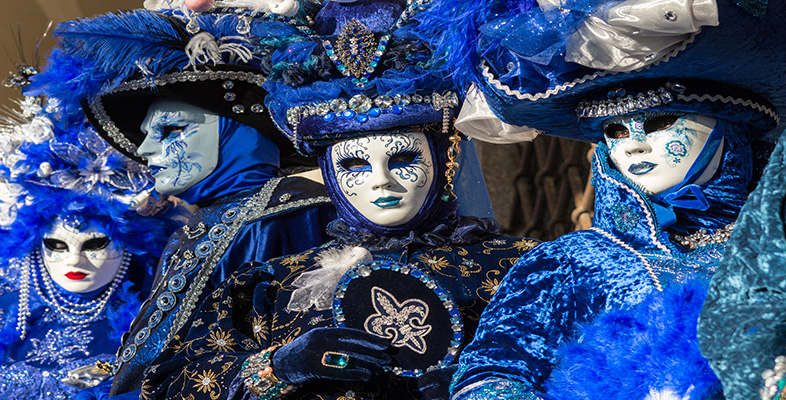6 Conclusion
This course has reviewed some aspects of the social and cultural diversity of fifteenth-century Venice, and how it affected the art of the period. In particular I have focused on Venice’s relations with the East in its several manifestations: the legacy of Orthodox Christian Byzantium, the contemporary Islamic societies of the Ottomans and Mamluks, and through them a more diffuse acquaintance with Asia in general. The situation, however, was evolving rapidly. The great trading empire on which Venetian wealth was based came under increased pressure in the late fifteenth century from relentless Ottoman expansion. Soon, the Ottomans had even vanquished the Mamluks, taking Cairo in 1517. It was in response to this developing threat to their stato da mar that, at the end of the fifteenth century and with gathering pace in the early years of the sixteenth, Venice expanded into the north Italian mainland, the terrafirma. Despite a crushing defeat in 1509 by the forces of the League of Cambrai, in which the kings of France and Spain, the Holy Roman Emperor and the pope joined forces to curtail Venetian power, by 1516 Venice had recovered. This shift of power marked both a decline in Venice’s orientation eastwards and a corresponding increase in engagement with the classical heritage associated with a more conventional sense of the Italian Renaissance. In art, these changed priorities are manifest in the work of the Venetian school of the sixteenth century: Giorgione, Titian, Tintoretto, Veronese – the ‘great masters’ who came to be ranked with Michelangelo, Raphael and others in the subsequent Academic construction of the western canon that held sway until the advent of modernism in the nineteenth century.
But that is another story. The story told here is drawn according to a different set of coordinates, drawn before the age of Empire when the lineaments of West and East hardened into cultural and racial stereotypes that have only recently begun to be widely questioned. The Venetian stato da mar at the end of the fifteenth century was about to be eclipsed by more than a few minor wars and the recovery of some old statues. Truly epochal change pivots on the year 1500. Printing I have mentioned; Protestantism I have not. Together these transformed the spiritual world of Europe. And alongside that spiritual change came material change on an unforeseen scale. Since biblical times, indeed earlier, the eastern Mediterranean, spreading westwards into Europe and eastwards into Asia, had been the crossroads of the world. In 1488, however, the Portuguese navigator Bartholomeo Diaz rounded the southern tip of Africa; in 1498, Vasco da Gama reached India; before that, in 1492 the Genoese Christopher Columbus sailed west and stumbled across America. By 1522 a fleet under Ferdinand Magellan had sailed all the way round the globe. A new horizon was, with remarkable rapidity, being drawn around a new world.
That new world, centred not on the Mediterranean but on the Atlantic, was dominated for 500 years by the West. It is unlikely that the next 500 will be. One of the effects of contemporary globalisation, and the attendant meltdown of inherited Eurocentric assumptions, has been to lift historians’ eyes to that great roof which has been built over European culture to protect it from the impure, the adulterous, the kitsch, the primitive and the hybrid. Known as the western canon, it counts among its stoutest pillars ‘Antiquity’ and ‘The Renaissance’. As the wind from the future blows harder, more and more tiles are beginning to blow off the canonical roof and gradually a new past is being revealed. Fifteenth-century Venice is one of those places where the light gets in.
